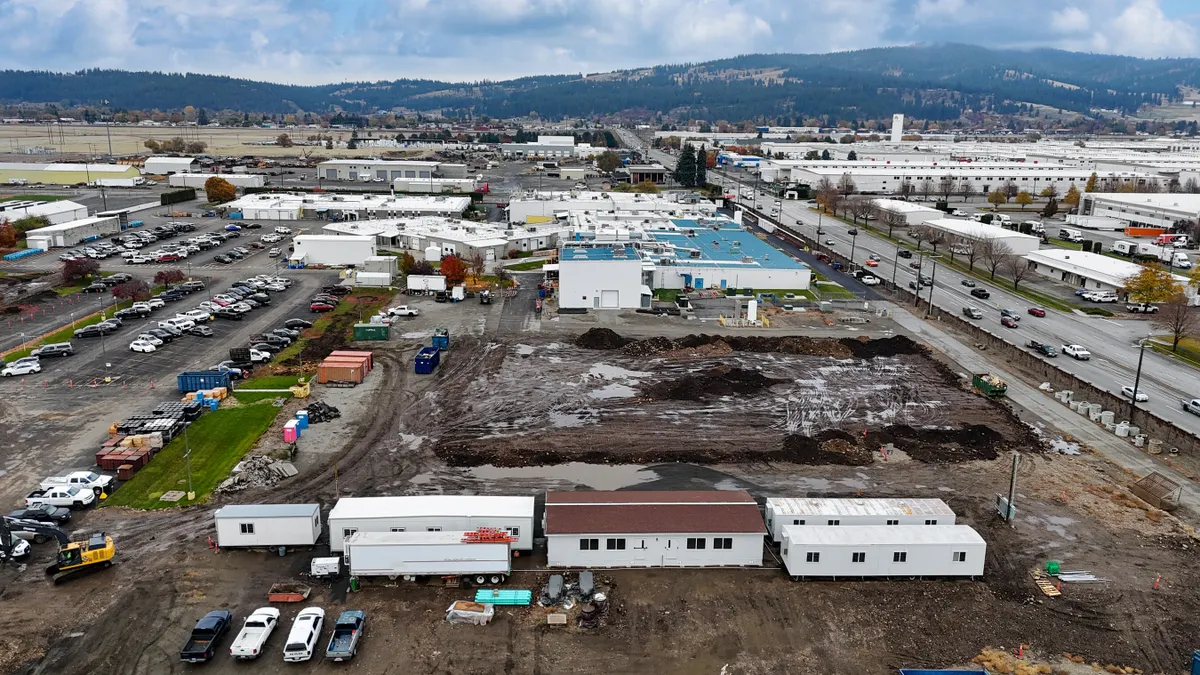Editor's Note: This piece was written by Andy Feth, project director at C.W. Driver Companies, a multi-faceted builder providing general contracting, construction management and design-build services to the Western United States.
Contemporary trends in building call for a greater sensitivity to how we use resources. It’s not enough anymore to put solar panels on rooftops. Every aspect of a building’s design is factored into a holistic approach that not only serves the environment, our planet and your employees, but also makes sense from a business perspective —helping your business grow, gain a competitive advantage and secure long-term cost savings.
The cost of energy improvements may seem out of reach and budget for your company; however, a project must be economically viable to make sense, and much of what can be done is scalable. With time, the initial costs invested in energy improvements will pay dividends, making a holistic approach a good investment for your company. Title 24 and CALgreen have mandated some of these practices, but there remains a lot of leeway in terms of what can be done and many of the options come with tax incentives.
The following are simple strategies to help get the most “green” out of your project, regardless of your budget.
Strive for optimal efficiencies
There are many ways to save energy that can be achieved through design alone. For starters, consider taking advantage of building orientation to minimize the transfer of heat on the critical south and west elevations. Trees and architectural shading elements can also minimize costs for cooling. Some other basic, cost-effective approaches include:
Plan your design with daylighting in mind. Take advantage of glazing opportunities on the north facing elevation. With the latest advancements in energy-efficient windows and lighting, daylighting has become a practical and affordable design element.
Optimize the HVAC system for energy savings and peak performance. Optimizing your HVAC system to save energy will also save you money. On average, buildings lose 10 percent of the energy they consume due to faulty operation of the HVAC system.
Use LED high-efficiency lighting. Initially, LED will cost a business more than traditional lighting. However, because LED uses less energy, it proves to be more cost-effective over time. Motion sensors and other efficiency devices also serve as practical additions or alternatives.
Install low-flow toilets and other water-saving technologies. On average, low-flow toilets use 1.6 gallons per flush, versus traditional toilets that can use up to 7 gallons. Low-flow toilets and other water-saving technologies can help minimize your utility bill and reduce your water footprint.
Install photovoltaic panels (PV) to generate solar power for the building. PV panels not only benefit the environment by reducing greenhouse gas emissions, but they also generate financial returns. Tax credits have greatly contributed to the reduced cost of PV solar panels, making it a viable option for green building.
Reduce or eliminate waste and pollution
Recycling should be an ongoing part of your project, before and after construction. Some cities, including San Diego, even require a well-communicated recycling program as a matter of course for any build. During the planning process, try to use as many recycled materials as possible, source building materials locally to minimize the carbon footprint of transporting the goods, and plan to recycle construction debris such as cardboard, concrete and metals left over at the site.
Some practitioners have gone so far as to use recycled tires, plastic and other materials in the building process. The Forest Stewardship Council has established a program that certifies lumber produced through responsible forest management to ensure that wood used was harvested through sustainable practices.
Recycling construction waste not only serves our planet, it’s also an opportunity for higher profitability. Reusing, selling or recycling materials reduces the cost that would typically be spent on transporting and disposing.
Integrate public transit into designs
Providing opportunities for residents, employees and others to rideshare, commute via public transportation, walk or ride a bike to get to where they are going will help reduce your employee’s energy output. Encouraging social interaction and healthy activity is an added benefit of getting more vehicles off the road.
Factor health and well-being into projects
Delos, a company geared toward wellness real estate, has developed a professional credential and rating standard for the development of healthy building environments. The WELL Building Standard focuses on qualities of air, water, nourishment, light, fitness, temperature, sound, materials, mind and community to create environments that foster healthy lifestyles, creativity, cooperation and well-being.
All these factors combined create a holistic approach to looking not only at buildings, but how we use them. Companies that have initiated wellness programs are seeing positive returns. According to Harvard University researchers, on average medical costs fall by $3.27 for every dollar spent on wellness programs and absenteeism costs fall by $2.73.
Due to economic and environmental benefits, going from green to holistic in your building practices will become the new standard as we move into the future.




















